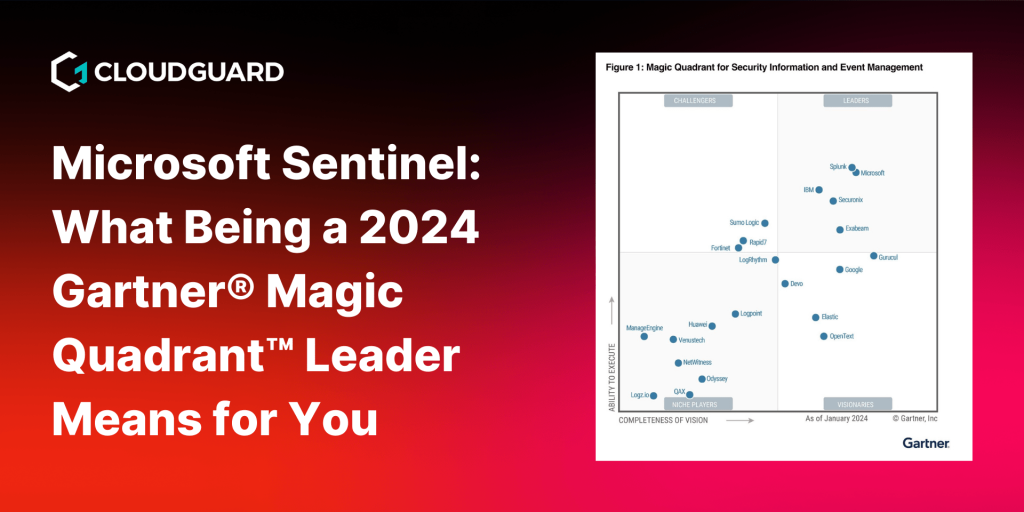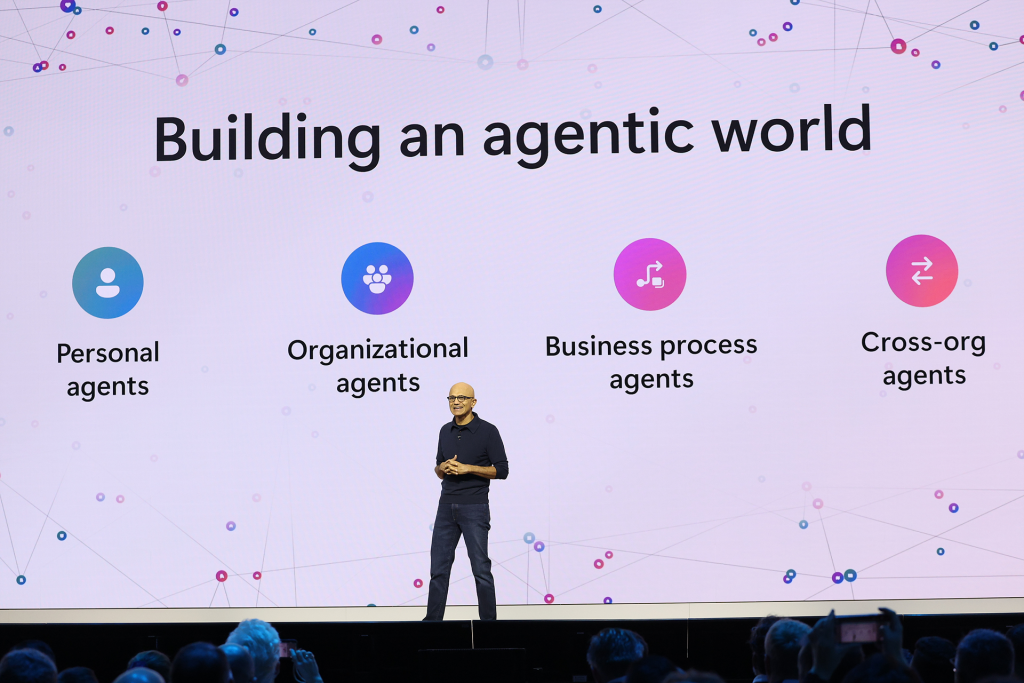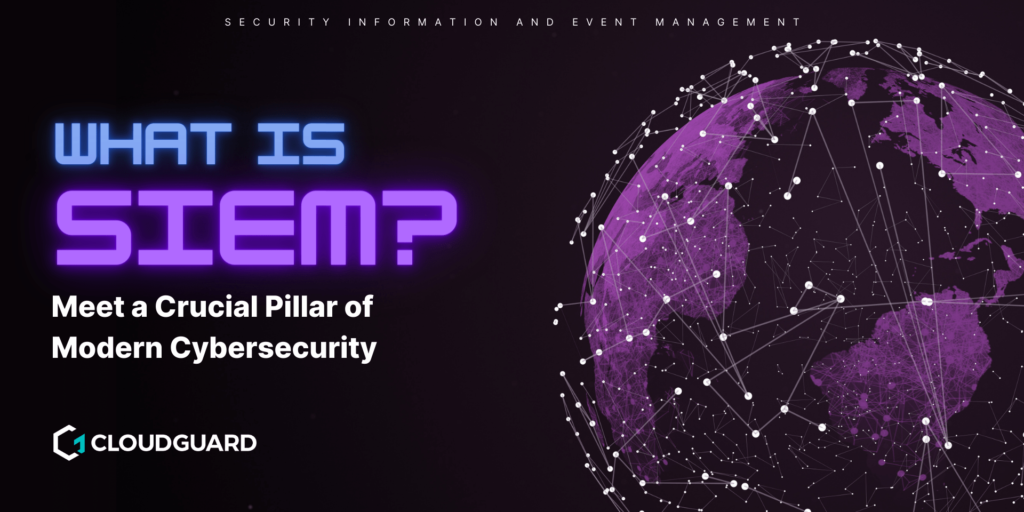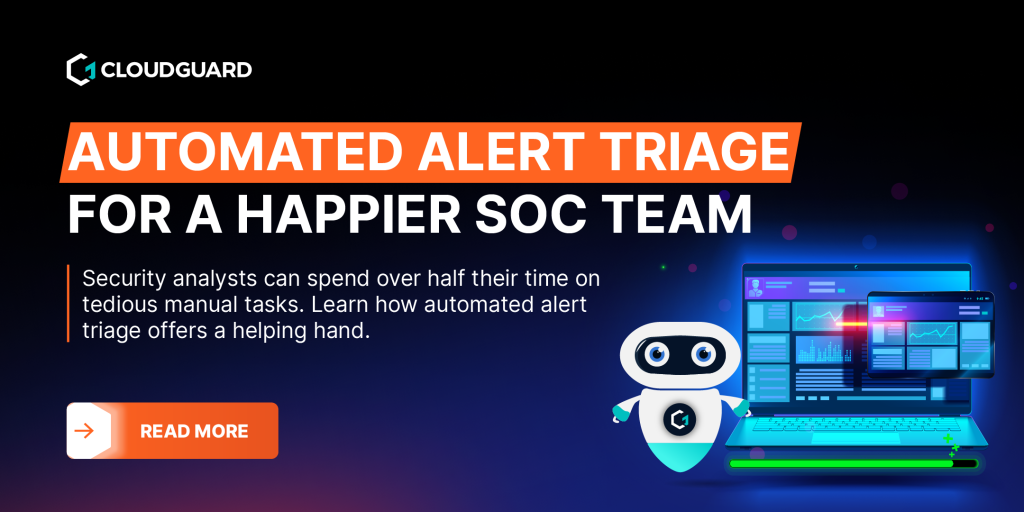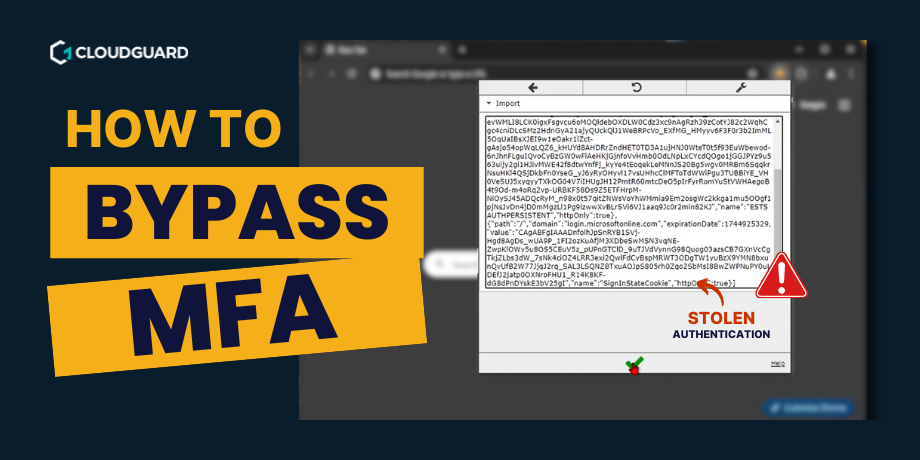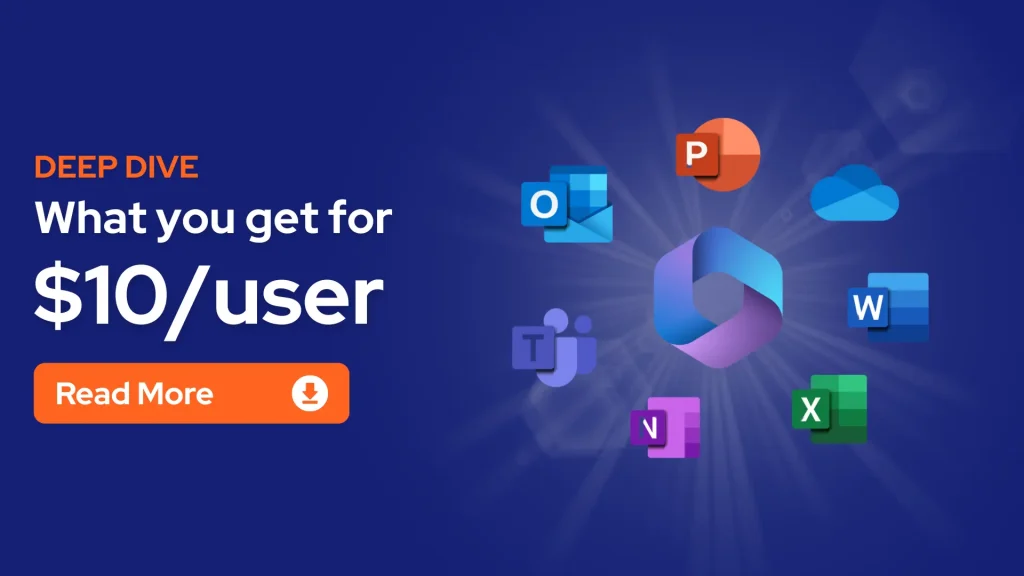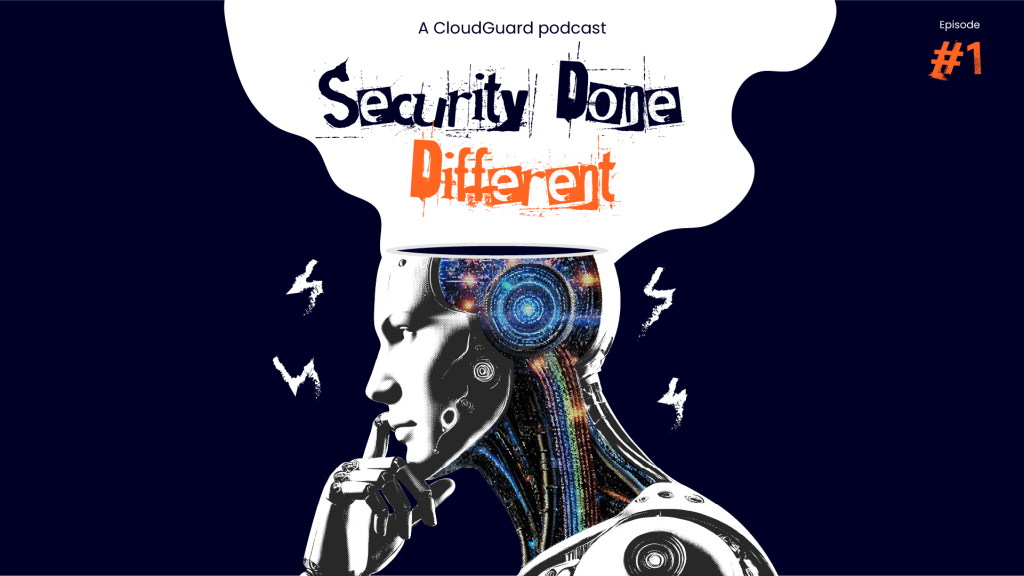The need for efficient and proactive security measures has never been greater. One significant development is the rise of automated threat intelligence, a powerful tool that can transform your organisation’s defences. Here, I’ll cover what automated threat intelligence is, and how this productivity hack can improve your security operations.
- What is Automated Threat Intelligence
- Key components and benefits
- Integration into security operations
- Considerations for implementation
- CloudGuard and automated threat intelligence
The cybersecurity landscape has seen a marked increase in the sophistication of cyber attacks. Forbes reports 560,000 new pieces of malware are detected every day. Even though phishing remains the most successful and popular method, threat actors are becoming more adept at crafting new tactics, making it challenging for traditional security measures to keep pace. This evolving threat landscape proves the need for automated threat intelligence as a proactive defence against increasingly sophisticated attack methods.
What is Automated Threat Intelligence?
Automated threat intelligence involves the use of advanced tech to collect, analyse, and relay information about potential cyber threats. This process is designed to help organisations identify, assess, and mitigate risks in real-time. Instead of relying solely on manual efforts, automated threat intelligence harnesses the capabilities of artificial intelligence and machine learning to process vast amounts of data rapidly.
Learn more about cybersecurity automation.
Key components and benefits
- Data Aggregation: Automated threat intelligence platforms often aggregate data from various sources, including open-source feeds, government alerts, and even your organisation’s internal logs. Companies such as Recorded Future specialise in gathering this data. This comprehensive approach ensures that your security teams have access to a wide range of information, increasing the chances of detecting emerging threats.
- Real-time Analysis: Traditional threat intelligence methods often struggle with the sheer volume of data generated daily. Automated systems can process this information at machine speed, allowing your organisation to respond swiftly to potential threats before they escalate. We’re talking seconds instead of hours.
- Machine Learning Algorithms: Machine learning algorithms play a pivotal role in automated threat intelligence. These algorithms can identify patterns and anomalies within data, enabling the system to adapt and evolve alongside emerging threats. This adaptability is crucial in an environment where cyber threats are constantly evolving.
- Customisation: Automated threat intelligence solutions can be tailored to suit your organisation’s specific needs. This customisation ensures that the system focuses on the types of threats most relevant to your industry, making it a targeted and efficient tool for your security operations.
“Enrichment using automated threat intelligence is a great method to reduce the overall time to triage for each alert,” says CloudGuard SOC Analyst Joe Appleby. He continues by saying “by performing checks on the alert’s entities, it allows us analysts to get a better understanding of the alert straight away!”
Integration into security operations
The integration of automated threat intelligence into your security operations can significantly enhance your organisation’s overall cybersecurity posture. Here’s how:
- Proactive Threat Detection: By continuously monitoring and analysing data, automated threat intelligence systems can identify potential threats before they infiltrate your network. Being proactive is essential for preventing security breaches and minimising the impact of cyberattacks.
- Reduced Response Time: The real-time nature of automated threat intelligence means that your security teams can respond promptly to identified threats. This reduction in Mean Time to Respond (MTTR) is critical for minimising the potential damage caused by cyber incidents.
- Resource Optimisation: Automation allows your security analysts to focus on more complex tasks, such as incident response and strategic planning, while routine threat analysis is handled by the system. This optimisation of resources enhances the overall efficiency of your security operations.
I asked SOC Leader, Vaughan Carey, for this thoughts on automated threat intelligence. Here’s what he had to say: “Leveraging top-class threat intelligence to enrich every entity related to an incident allows us to instantly obtain a more informed snapshot of what has occurred within an alert. This enables our SOC to provide much faster response times, thereby reducing the likelihood of a company-wide compromise.”
Considerations for implementation
When considering the adoption of automated threat intelligence, it’s crucial to assess the specific needs and challenges of your organisation. Additionally, ensure that your team is adequately trained to interpret and act upon the insights provided by the system. A well-rounded approach, combining automated tools with human expertise, will yield the best results.
Embracing automated threat intelligence is a strategic move for IT decision makers looking to strengthen their organisation’s security operations. By leveraging the power of artificial intelligence and machine learning, you can stay one step ahead of cyber threats, detect vulnerabilities in real-time, and optimise your resources for a more robust cybersecurity posture.
CloudGuard and automated threat intelligence
CloudGuard’s Managed Extended Detection and Response (MXDR) service has automated threat intelligence built into its core. This means we can rapidly respond to incidents within your environment. In fact, our clever engineers have developed a custom integration that takes Recorded Future’s threat intelligence data and feeds it into Microsoft Sentinel, automatically enriching alerts for human analysts with plenty of helpful context.
This helps to drastically reduce MTTR, and gives security teams more time to focus on strategic tasks. Our SOC Leader says it’s “unlike anything I’ve seen before.” So, join our upcoming webinar to see it for yourself.

